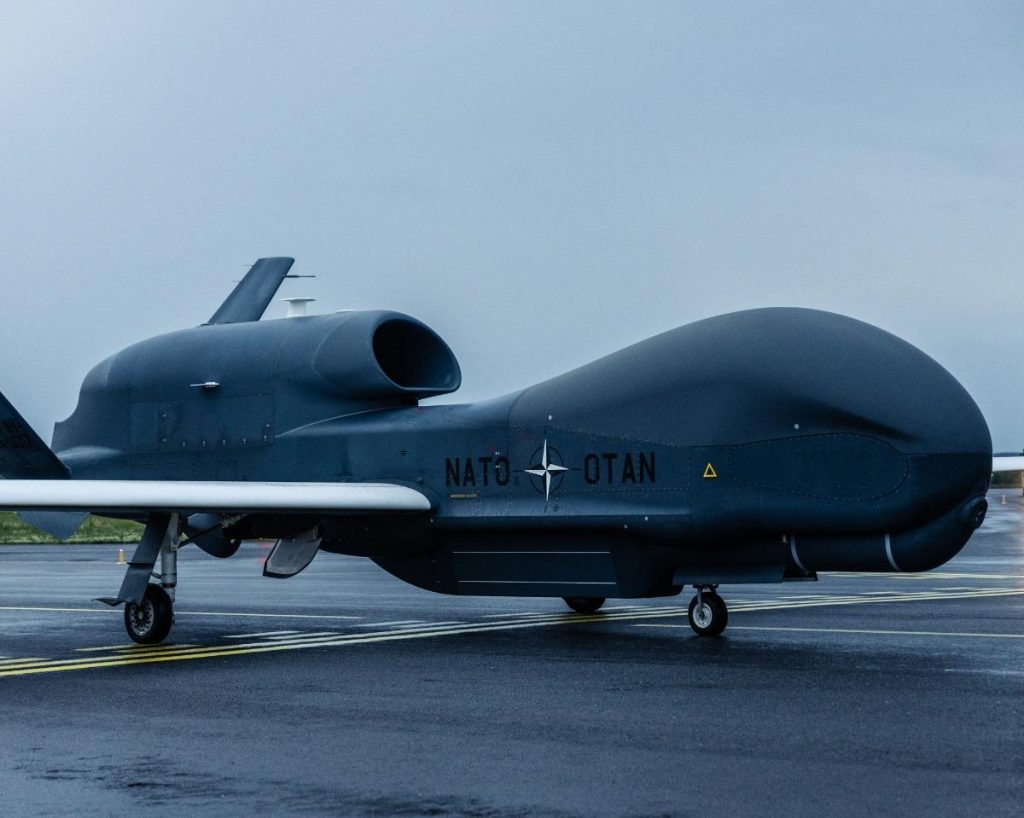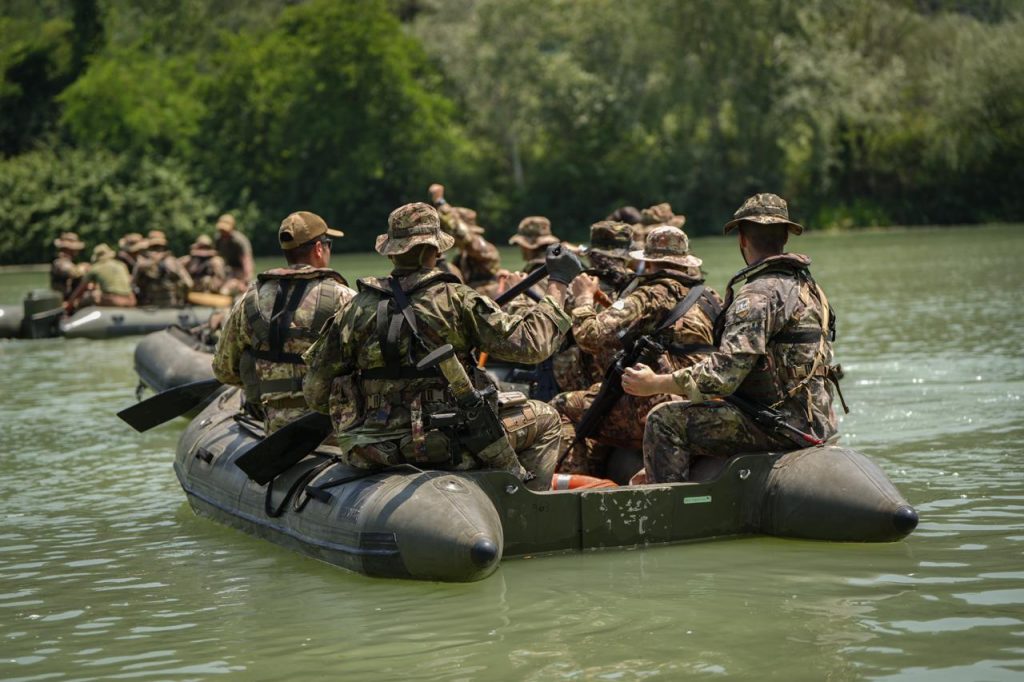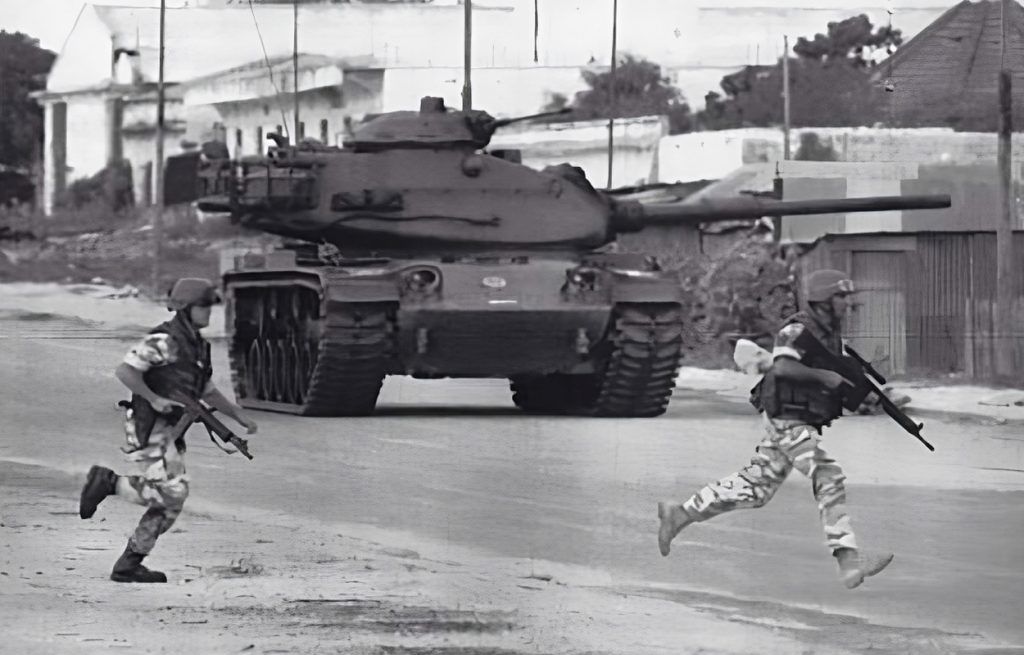The Conclave: history, rules and trivia about the election of the Pope

In the heart of the Vatican, in a place full of spirituality and mystery, one of the most important and solemn events of the Catholic Church takes place: the conclave. This age-old ritual is activated every time the Apostolic See becomes vacant, i.e. when the Pope dies or renounces the papacy. During the conclave, the cardinals of the Church gather to elect the new Bishop of Rome, who will become the new Pope, the spiritual leader of more than a billion faithful around the world.
The origins of the conclave: from crisis to institution
The term 'conclave' is derived from the Latin cum claveor 'locked'. Its historical origin is linked to a period of serious crisis for the Church, culminating in the conclave of Viterbo (1268-1271)the longest in history, which lasted well 33 months. After the death of Pope Clement IV, divisions among the cardinals prevented the election of a new pontiff. The citizens of Viterbo, exasperated, went so far as to lock up the cardinals and uncover the roof of the voting room to force them to decide. Only then was Pope elected Gregory X.
Before 1274: free but chaotic elections
Before the Gregorian reform of 1274papal elections took place without fixed and unified rules, often in environments open to external pressures and political influences. Although the cardinals were the only right to vote since 1059 (thanks to the decree In Nomine Domini of Nicholas II), conclaves were prolonged for months or even years due to internal rivalries, power struggles, or interference by monarchs, nobles and foreign powers.
Cardinals were not obliged to meet in seclusion, they could disperse and return to their seats, and voting took place in various forms, often without the necessary secrecy. Cases of bribery, promises of favours or intimidation. In some extreme cases, popes were elected under threat or military pressure, as happened on several occasions in the early Middle Ages.
Disorganisation and the risk of schism, combined with slow proceedings, led the Church to the realisation that it needed a strict regulation of the elective processculminating in the Ubi periculum of Gregory X.
Ubi periculum (1274): the first rules of conclave
The Apostolic Constitution Ubi periculum introduced fundamental rules, including:
- Seclusion: the cardinals were to remain enclosed in a safe place, with no contact with the outside world.
- Food restrictions: after three days without success, food was reduced; after eight, only bread and water.
- Prohibition of communication: external contacts, letters and messages prohibited.
- Uniqueness of venue: the conclave was to be held in the city where the Pope had died.
These measures were intended to speed up the process and prevent political pressure or power plays.
The shortest and longest conclaves
If the one in Viterbo was the longest, the shortest conclave in modern history was the one in 1939lasted less than 24 hours. In that case, Cardinal Eugenio Pacelli was elected Pope Pius XII on the third ballot, thanks to unanimous consent and his central position in Vatican diplomacy on the eve of the Second World War.
The current rules: Universi Dominici Gregis (1996)
The rules that govern the conclave today are contained in the Apostolic Constitution Universi Dominici Gregispromulgated by John Paul II in 1996 and subsequently amended by Benedict XVI e Pope Francis. Here are the main points:
Participants
- Only cardinals under the age of 80 can vote.
- The maximum number of voters is 120, according to Universi Dominici Gregis. However, the Pope may appoint more than 120 cardinal electors: in such a case, if there are more than 120 eligible cardinals on the date of the sede vacante, everyone can participateeven if they exceed the limit. This limit was introduced by Paul VI in 1975 with the Apostolic Constitution Roman Pontifici Eligendobut has been overtaken several times:
- John Paul II surpassed it four times between 1988 and 2003.
- Benedict XVI surpassed it twice, in 2010 and 2012.
- Francis exceeded 120 in all its consistoriesto 140 electors in 2024. In the conclave of 2005 and that of 2013, however, they participated 117 cardinal electors, without problems of legitimacy.
Seclusion and secrecy
- The cardinals are locked up in the Domus Sanctae Marthae and vote in the Sistine Chapel.
- All contact with the outside world is prohibited: telephones, internet, media, etc.
- Every cardinal takes an oath of secrecy: violation results in automatic excommunication.
Voting
- Four votes are held each day (two in the morning, two in the afternoon).
- A qualified majority of 2/3 is needed for a valid election.
Smoking
- The ballots are burnt: black smoke indicates a void vote, white smoke announces the election of the new Pope.
The election and the announcement
- The new Pope accepts the election and chooses a name.
- It is announced with the famous Habemus Papam from the balcony of St Peter's Basilica.
Who can be elected Pope?
According to doctrine and canon law, any baptised Catholic man can be elected Pope. It is not obligatory that he be a cardinal or bishop. If he is not a bishop, he must be ordained a bishop immediately after acceptance.
But in practice?
- For centuries, only cardinal bishops have been elected.
- A layman has not been elected for many centuries: the last case dates back to the Middle Ages.
- Example: Pope Gregory X (1271) was not a cardinal at the time of his election.
In theory, therefore, a Catholic layman can be elected, but in modern reality this is highly unlikely for pastoral, organisational and geopolitical reasons.
Curiosities about the conclave
- Cardinals cannot vote for themselves, but they can be elected.
- Some cardinals refused the election, such as St. Philip Neri.
- The most expensive conclave was in 2005, with an impressive logistical organisation.
- All cardinal electors stay in the same residence, but cannot communicate except in official sessions.
The conclave of 2025: a historic moment
After the death of Pope Francis on 21 April 2025, the Church initiated the conclave on 7 May 2025. This event marks an epochal step, being the first conclave of the 21st century to be held with more than 133 cardinal electorsfar exceeding the historic limit of 120 set in 1975 by Paul VI.
The current College of Cardinals reflects a profoundly globalised and pluralist Church, with significant representation from Asia, Africa and Latin America, a tangible sign of the Church's universal mission.
The central themes of this conclave include the reform of the Curia, the strengthening of ecumenical and interreligious dialogue, the role of women in church life, the fight against abuse, as well as the ethical and moral challenges posed by new technologies and the environmental crisis.
As every time, the world looks with attention and hope to this moment of discernment, which will guide the cardinals towards the choice of a pastor capable of facing the challenges of our time with courage, humility and faith.
An ancient rite projected into the future
The conclave is much more than a simple election: it is an act of faith, a tradition that links the early Church with the modern Church. Every conclave is a historic moment, full of expectation and prayer, in which the Church seeks, under the guidance of the Holy Spirit, the most suitable person to lead it in the present times.
In an ever-changing world, the conclave remains one of the few moments when spirituality, silence and discernment come together in a decision-making process that is as solemn as it is mystical.
Born Alessandro Generotti, C.le Maj. Parachutist on leave. Military Parachutist Patent no. 192806. 186th RGT Par. Folgore/5th BTG. Par. El Alamein/XIII Cp. Par. Condor.
Founder and administrator of the website BRIGATAFOLGORE.NET. Blogger and computer scientist by profession.








